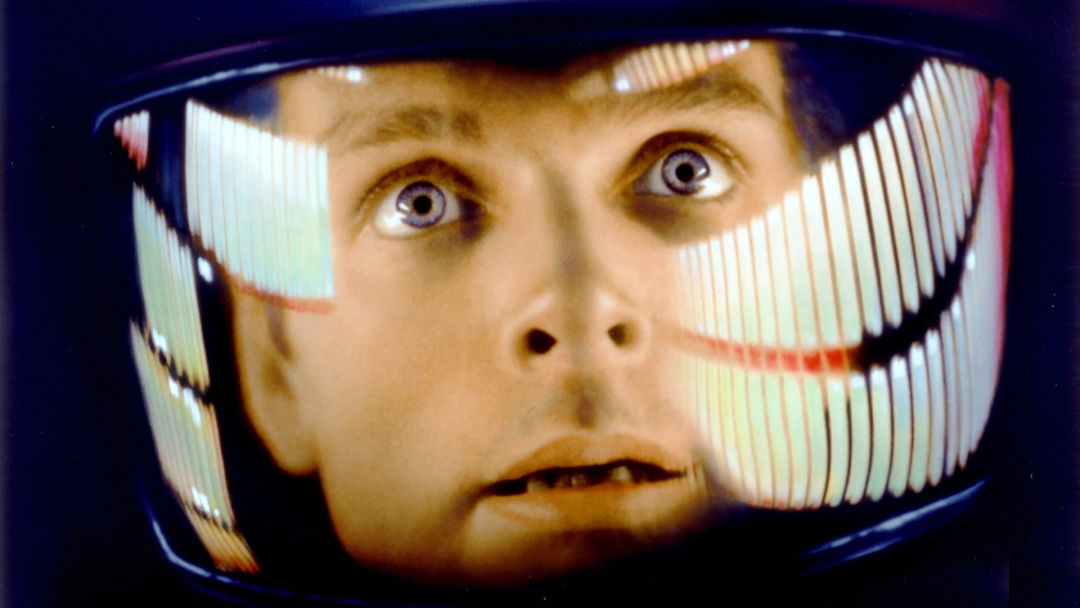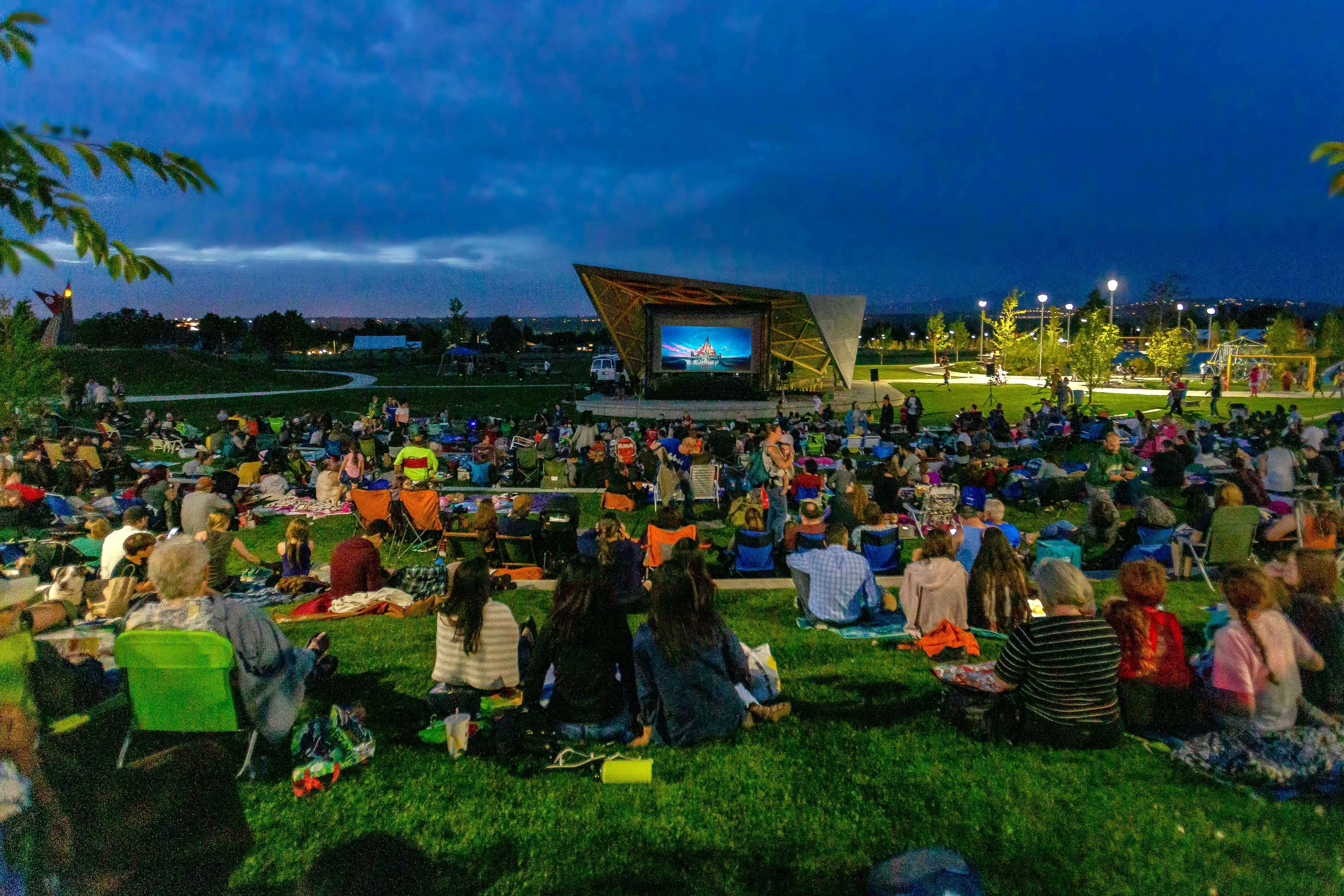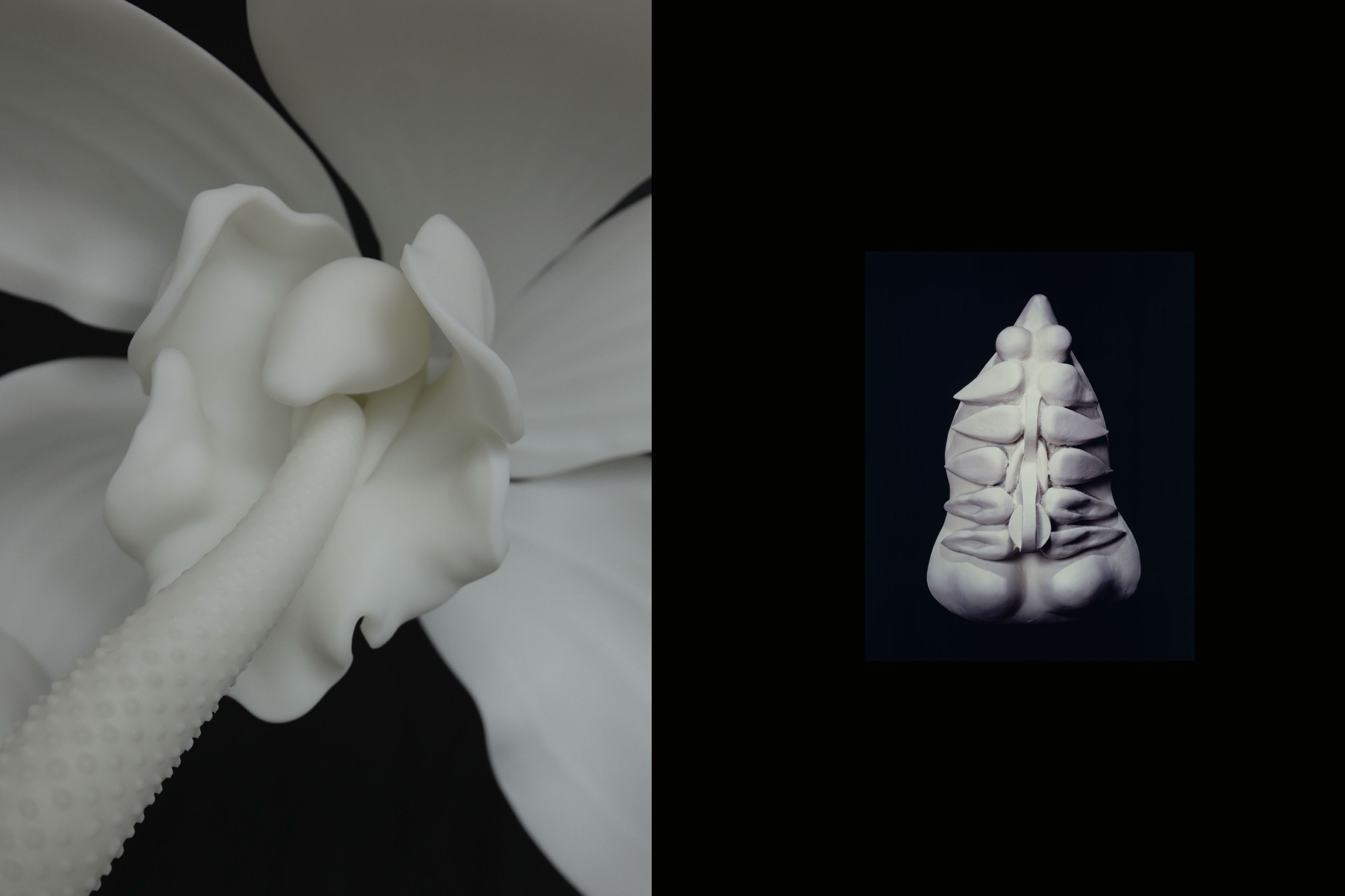Hollywood Theatre Celebrates 90 Years with Four Classic Movies in Visual Style

Still from 2001: A Space Odyssey, coming soon in 70mm.
Image: Hollywood Theatre
The Hollywood Theatre is celebrating its 90th birthday with a visual feast this month. Starting July 1, this Portland landmark theatre—and the only one in Oregon to show films in 70 mm format—spoils cinephiles with four back-to-back screenings of 2001: A Space Odyssey (1968), Lawrence of Arabia (1962), West Side Story (1961), and Aliens (1986)—all with the visual detail and cinematic spectacle that format allows. Dan Halsted, the Hollywood’s head of programming, fills us in on why 70mm is the way to watch your favorite flicks.
What’s so great about the 70 mm format?
It is the best format possible for watching a movie: It’s the best experience you can get in a movie theatre. It’s the best image you can get onscreen. It’s the best audio. It’s the total immersive experience. I always think 70mm film is far superior to digital. I watch movies with audiences all the time and I just notice that people watching the movie on 70 mm film are far more involved in the movie. Digital just seems like a poor replication of what film does, just cheaper for the studios, so [70mm] is the best audio and visual experience you can get.
Why bring 70 mm back to Portland last year? Given how expensive it is, what makes it worth the cost?
I really strive for the Hollywood to be the destination for Portland cinephiles, for people who love movies. It’s this classic movie palace with a 50-foot screen. I think it’s our duty to provide a wide variety of cinema to people in the best format possible. I felt like we were obligated to bring 70mm back.
So when or why did we lose it?
It was originally installed in the theater in 1959 and then throughout the ‘60s the Hollywood was an exclusively 70 mm theatre. But the theatre fell into disrepair in the 1980s and early ‘90s and during that time, all the 70mm parts went missing. So when we decided to bring 70 mm back, we tracked down the parts piece-by-piece. It was a huge project and people were so excited about it …I didn’t know people would care that much.
Out of all the 70 mm films out there, why these four films?
Aliens is something because it’s blown up (from 35 mm) and we wanted to show people, because nobody has seen that movie in 70 mm since it came out, but the rest, I’d say those are the three best movies that were shot in 70 mm and they’re the ones that really show off the format.
Ninety years is some landmark for an independent movie house. What kept the Hollywood going for so long?
It almost didn’t happen. It came close to closing quite a few times and it wasn’t until about six years ago when Doug Whyte came on as executive director and made me the head programmer—since then it’s been a team effort to save the theater. We’ve done major restoration work, because the theater was in bad shape. Now it’s gorgeous again: we put in new seats, new screens, new sound systems, the new marquee, and reinstalled 70 mm and new digital projectors. Now the theater looks amazing.
After digital took over, I think a lot of people felt like they were being shafted by studios and theaters trying to save money. But film is an experience! It’s a reason for people to leave the house. So I really try to turn all of our screenings into an event like—introducing a movie, showing classic trailers, showing movies on film.
And people were so receptive to it. This was something people really wanted to see. When we brought back 70 mm, we found out that it was going to be expensive, so we did a fundraiser. We raised 50 percent more than our goal because people were that excited about it. The public has responded so much to wanting a space like that.
Aside from its 70 mm extravaganza—which runs July 1–17—the Hollywood will also offer a July 23 screening of More Pay, Less Work (1926), the very first movie the theater ever showed. For more information on the Hollywood’s birthday month, check out the full schedule.




